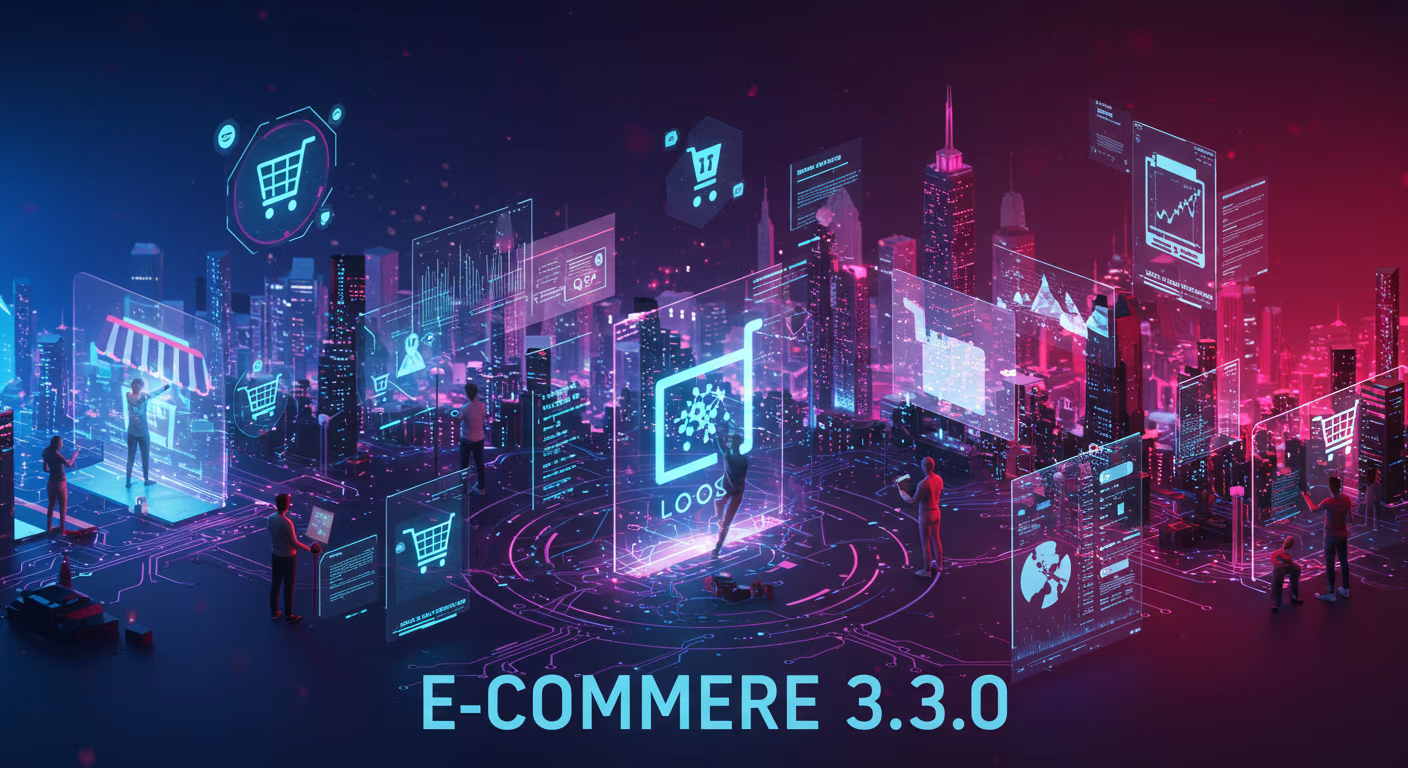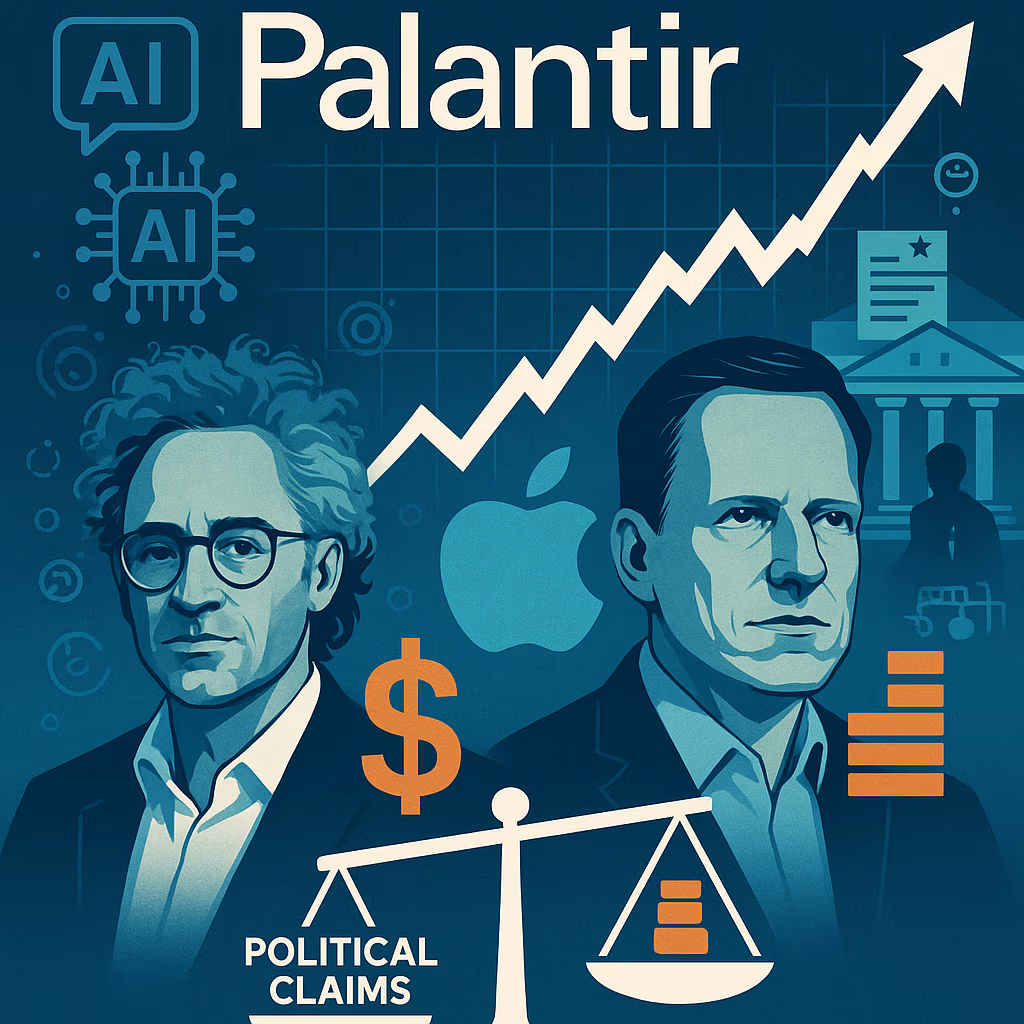The dominance of Amazon and Shopify over the past decade has shaped how we think about digital commerce. These platforms turned e-commerce into a global norm—Amazon with its frictionless marketplace, and Shopify by empowering small brands to build their own online stores. But in 2025, we’re entering the era of E-Commerce 3.0, and the playbook is changing. No longer is success defined by massive centralized platforms. Instead, the new frontier of e-commerce is decentralized, creator-driven, AI-enhanced, and built around direct, immersive customer experiences.
E-Commerce 3.0 is not a hypothetical future—it’s already unfolding in real time. Independent brands and solo entrepreneurs are shifting away from legacy marketplaces to reclaim control of their business models. Platforms like TikTok Shop, Instagram Checkout, and WhatsApp Business are replacing the traditional storefront. Products are now sold in real-time conversations, viral videos, and interactive live streams. The traditional concept of an online store is being replaced by dynamic, integrated touchpoints woven into content consumption. Shoppers in 2025 are no longer “browsing”—they’re participating.
The e-commerce customer of today expects an intelligent and customized journey. Businesses are meeting this expectation through embedded AI systems that analyze behavior in milliseconds. On many direct-to-consumer (DTC) websites, every customer sees a unique version of the page—different product arrangements, suggested bundles, even checkout incentives—all determined by algorithms that constantly optimize for conversions. This is not guesswork; it’s precision marketing executed in real time. AI chatbots now function more like virtual shopping assistants than basic help desks, capable of offering tailored product advice, responding conversationally, and learning from user preferences.
But it’s not just AI personalization that defines this shift—it’s the evolution of how products are sold. E-Commerce 3.0 is turning shopping into a form of entertainment. Inspired by platforms like China’s Taobao Live and Douyin, live video commerce is gaining traction in the West. Shopify has integrated live selling plugins. Amazon launched its own influencer-led live channel. But the momentum lies with platforms where entertainment already dominates, like TikTok. Here, creators blend content and commerce in ways that make traditional product pages obsolete. A skincare influencer might demo a product during a “get ready with me” live stream, and within seconds, thousands of viewers purchase directly from a pinned link—without leaving the app.
Meanwhile, Web3 technologies, though still niche, are gaining a foothold in exclusive and community-driven commerce. Token-gated stores allow brands to offer limited access drops, early access sales, or personalized services to NFT holders. While most mainstream consumers are not engaging with crypto wallets yet, lifestyle and fashion brands are testing blockchain to authenticate limited-edition products and offer proof of ownership—especially in resale markets. These features add verifiability and exclusivity that appeals to digital-native buyers.
At the infrastructure level, E-Commerce 3.0 is embracing headless and composable systems. Instead of using rigid platforms like Shopify or WooCommerce, modern e-commerce brands are building fully customized ecosystems by combining APIs for product catalogs, checkout, CRM, and fulfillment. This architecture enables faster site speeds, personalized user flows, and omnichannel flexibility. For example, a brand might manage one checkout flow on its website, another for mobile in-app sales, and a separate one for live stream integration—all feeding into the same inventory and analytics systems. Companies like BigCommerce, Shogun Frontend, and Commercetools are leading this back-end revolution that allows brands to control both performance and experience design at scale.
Sustainability and ethics are also becoming embedded into purchasing decisions. Consumers in 2025 are making buying choices based on environmental impact, labor transparency, and shipping carbon footprint. Successful e-commerce brands are adapting by using carbon-neutral shipping platforms, publishing impact reports, and enabling customers to offset emissions at checkout. Shopify, for instance, has integrated climate-conscious tools directly into its backend, but many DTC brands are going further—offering recycled packaging, transparent sourcing maps, and digital receipts as standard.
Perhaps the biggest shift is that the traditional sales funnel has been replaced by brand ecosystems. A shopper might first hear about a product on a podcast, watch a demo on TikTok, read reviews in a private Discord, and finally make the purchase through a single-click checkout link in an Instagram Story. Loyalty is no longer just about repeat purchases—it’s about ongoing engagement. Brands are leveraging community memberships, referral incentives, and social tokens to deepen this relationship.
So what does this mean for sellers navigating this new terrain? It means the skills and strategies that built successful Shopify stores or optimized Amazon listings are no longer enough. In E-Commerce 3.0, success requires understanding audience behavior across platforms, deploying AI tools to personalize at scale, and creating content-first commerce experiences. Brands must think like creators, developers, and data analysts simultaneously. They must be nimble, authentic, and willing to evolve with the expectations of their most connected consumers.
E-Commerce 3.0 is not about replacing Amazon or Shopify—it’s about what’s emerging beyond their limitations. It’s about commerce that is contextual, embedded, and in many cases, invisible. Brands that thrive in this era will be those that build with flexibility, lead with personality, and prioritize the relationship over the transaction. As shopping becomes more experiential, the edge will belong to the businesses that treat their audience not as customers, but as communities.





